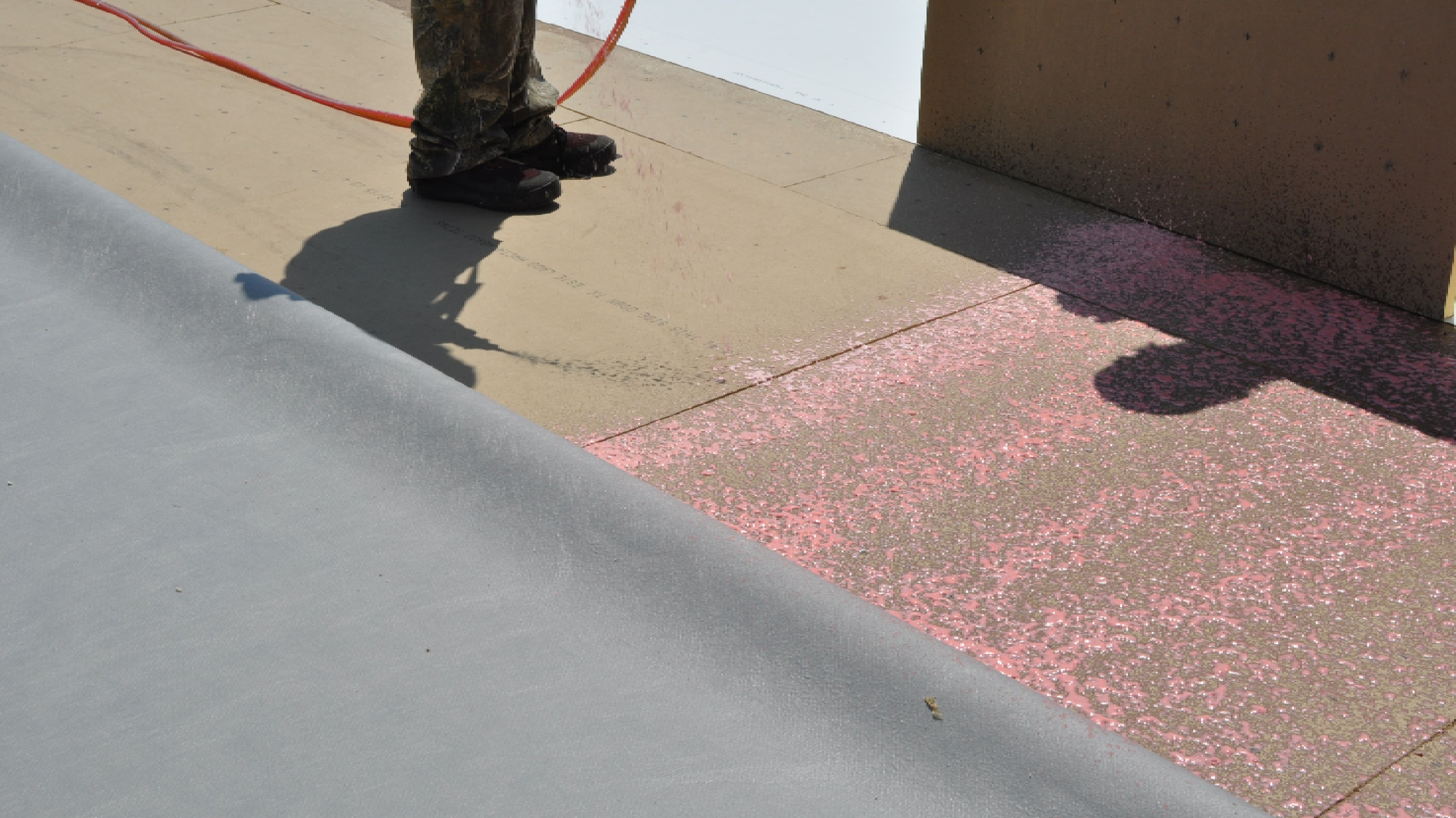
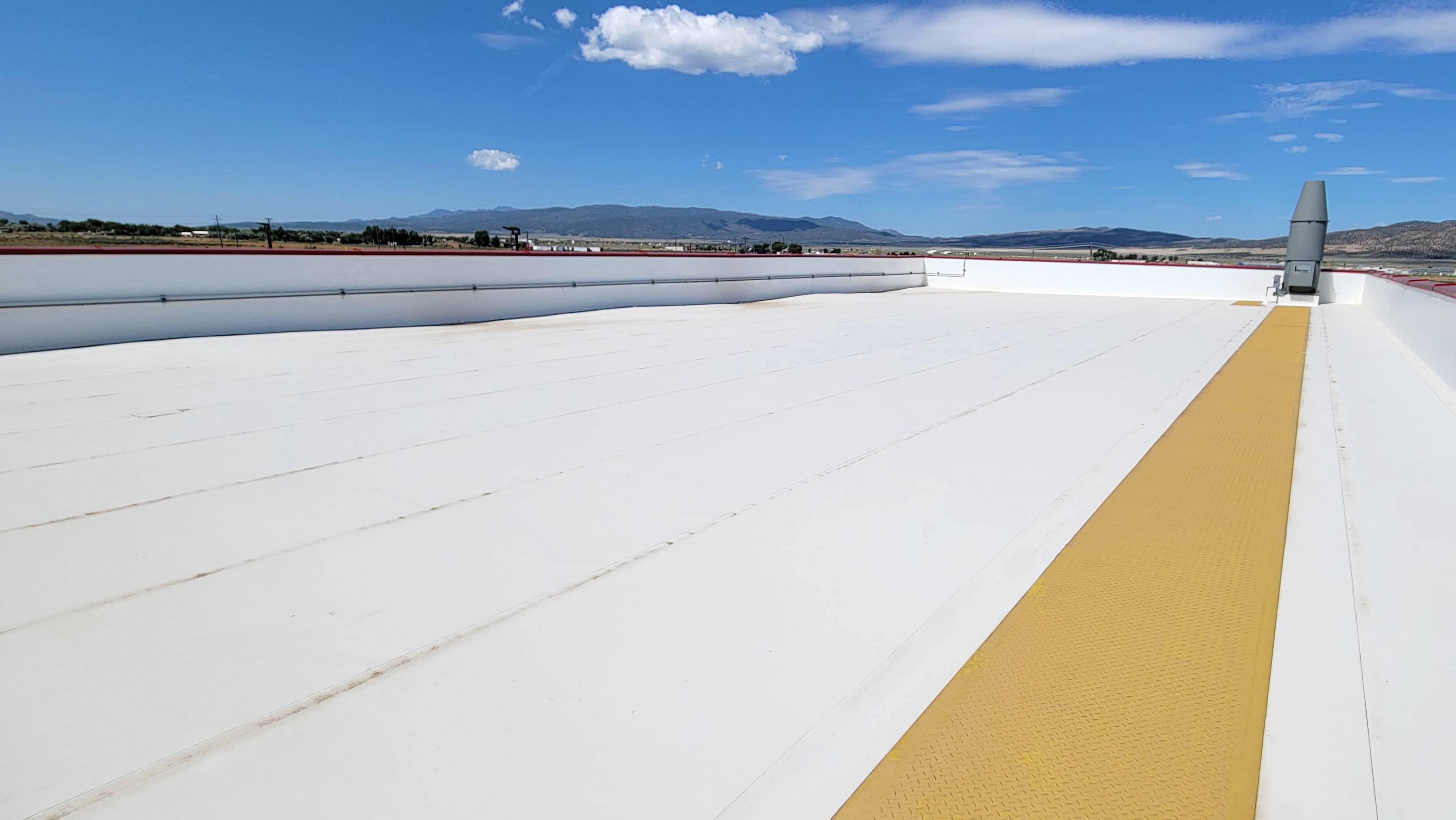
Single-Ply Systems
Innovation in roofing technology meets decades of expertise in roofing product chemistry. Siplast Single-Ply Roof Membranes, including PVC, KEE, and TPO, are designed to meet the highest standards of performance, durability, and reflectivity. At Siplast, we understand that the heart of a premium roofing system lies in its chemistry, and that's why we've meticulously engineered each membrane to provide top of the line protection and longevity for your building.
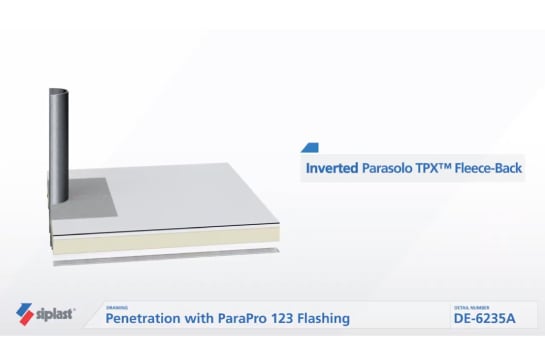
Detail drawing library
Customize our products and systems to fit your project’s needs
Connect with your repSingle-ply products

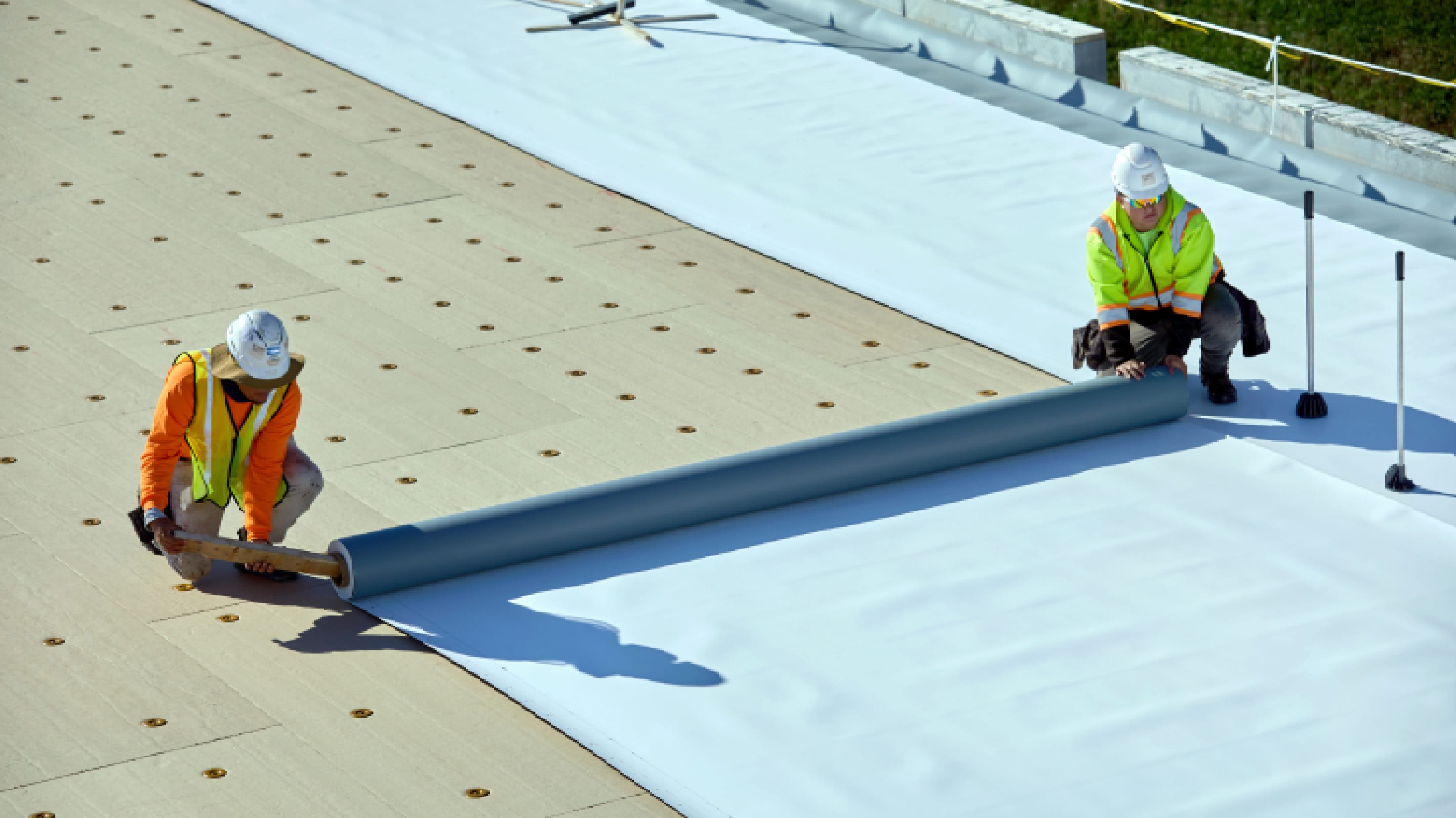
Parasolo PVC
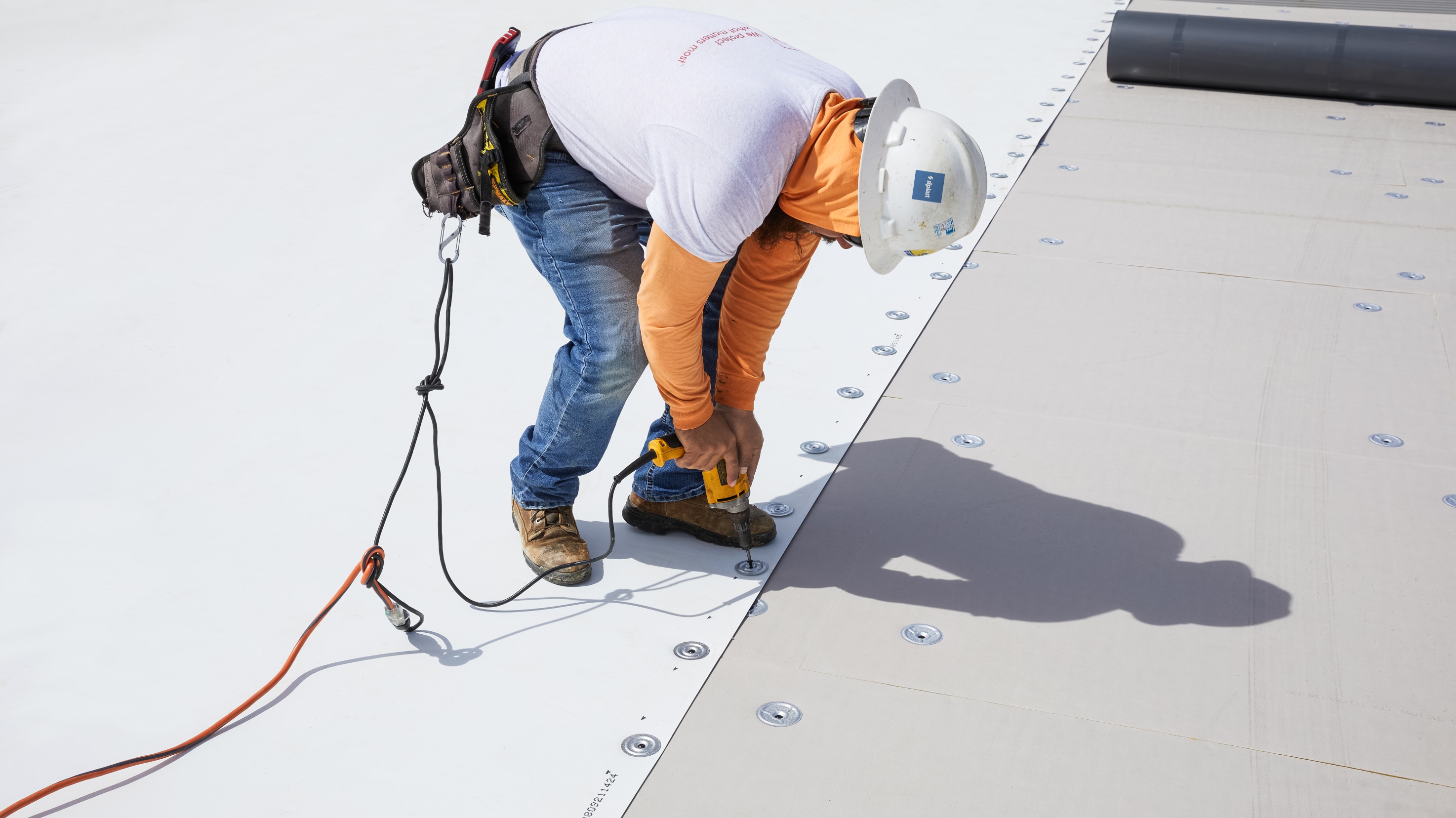
Parasolo TPX
* Siplast warranties and guarantees do not provide coverage against exposure to chemicals. Refer to siplast.com for more information on warranty and guarantee coverage and restrictions.
† In Class A E108 testing, specific Parasolo PVC roofing assemblies have demonstrated the capability to extinguish even when the flame source remains applied to the assembly.
Frequently asked questions
RISE Blog







